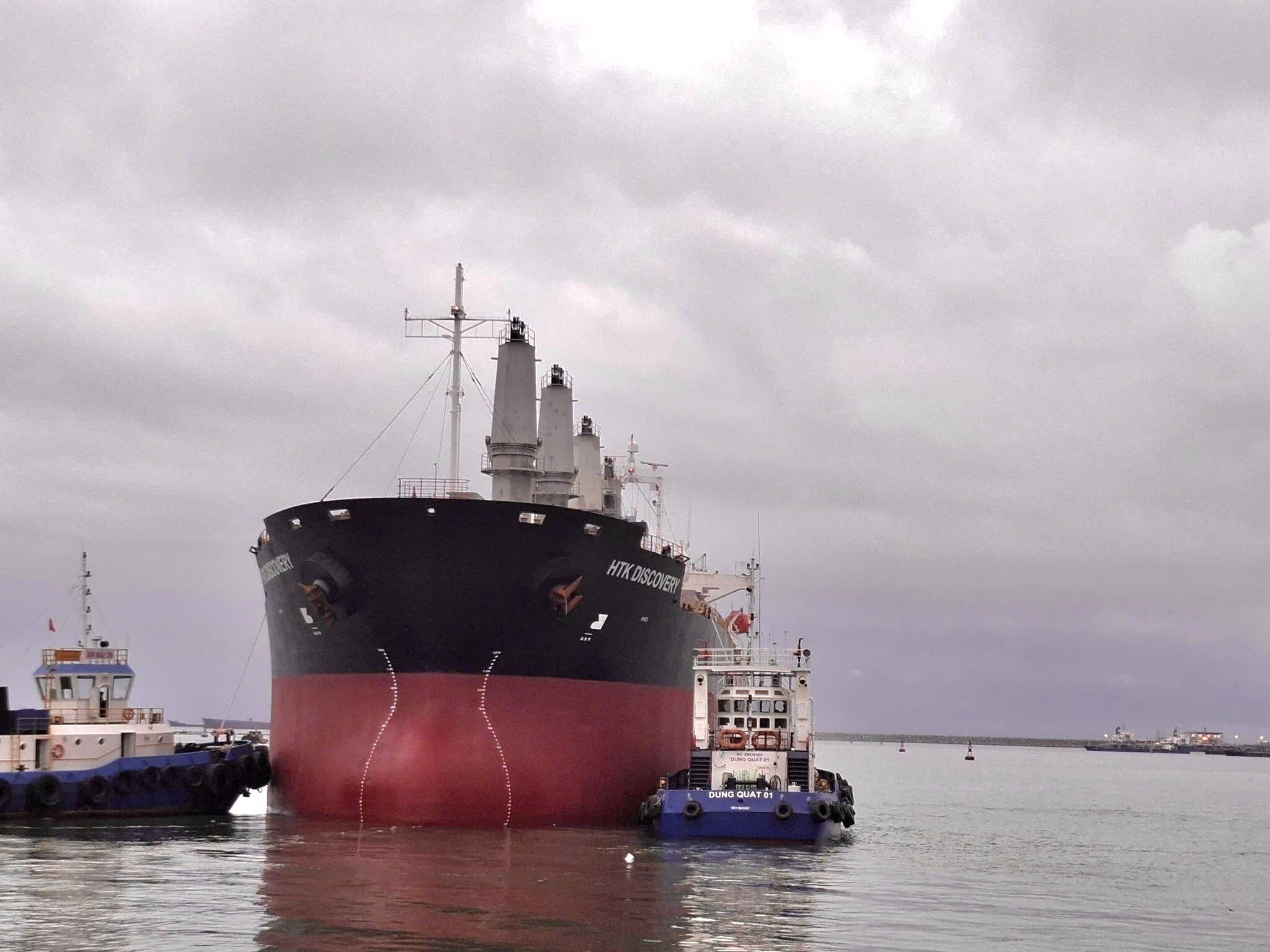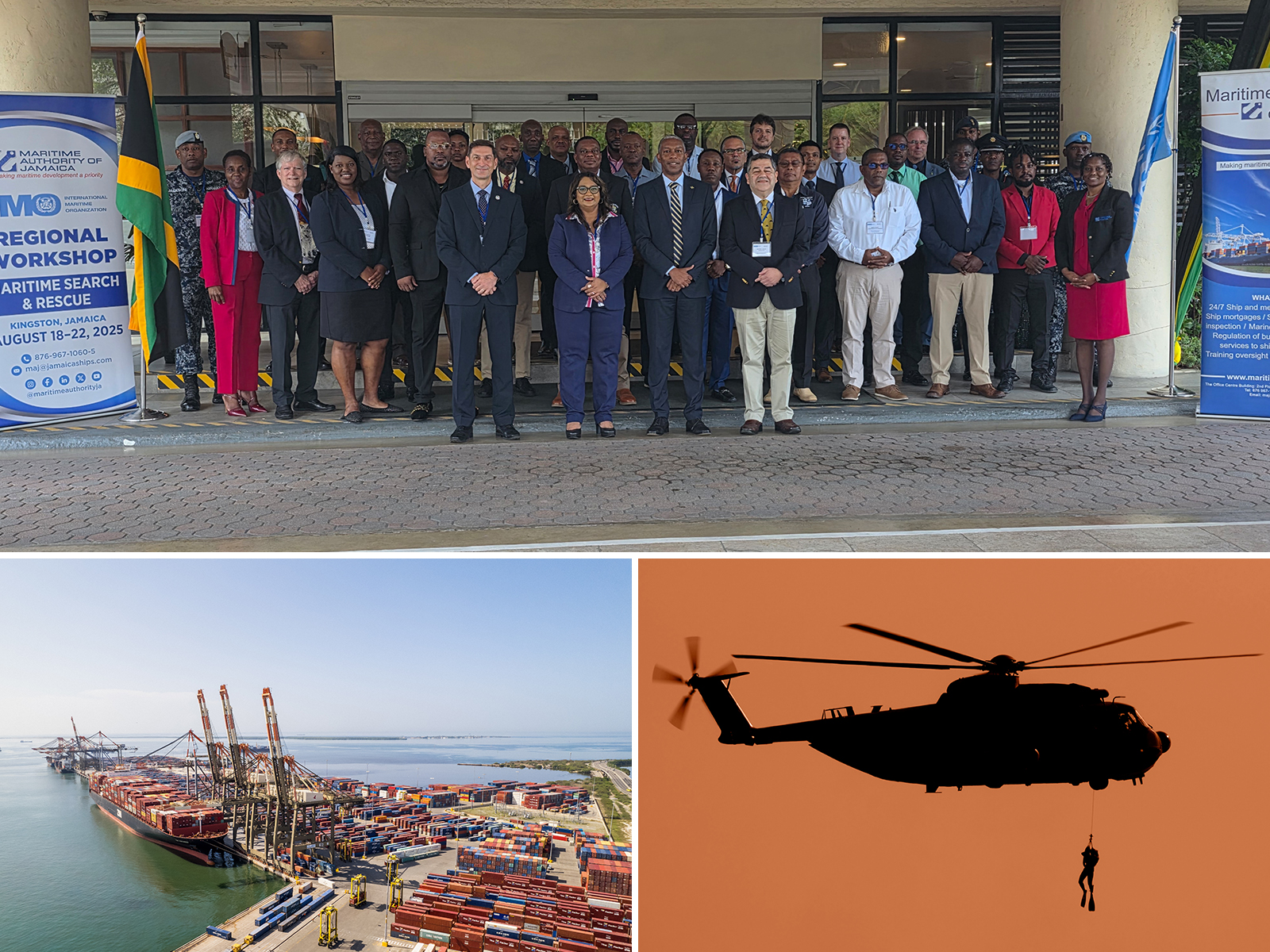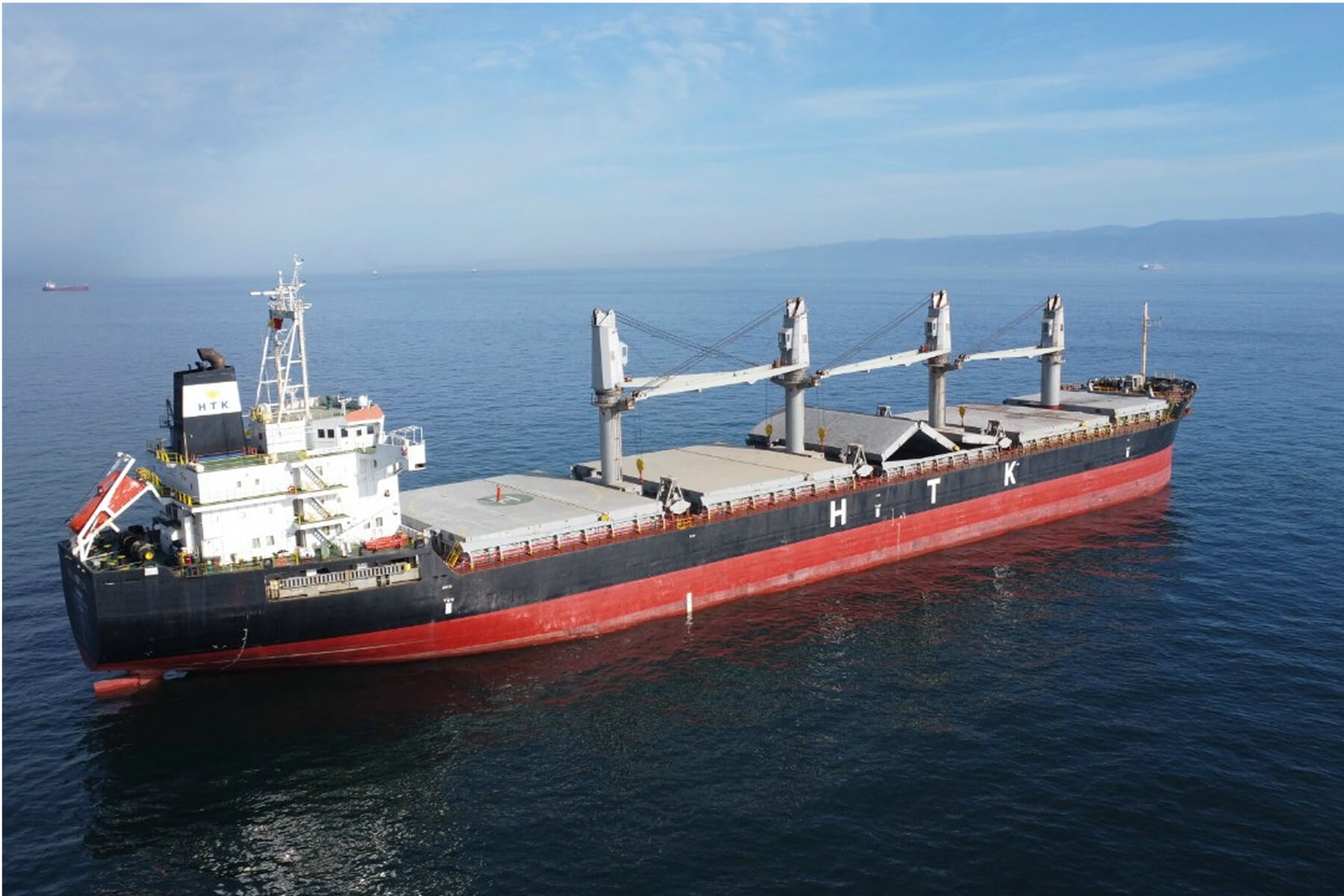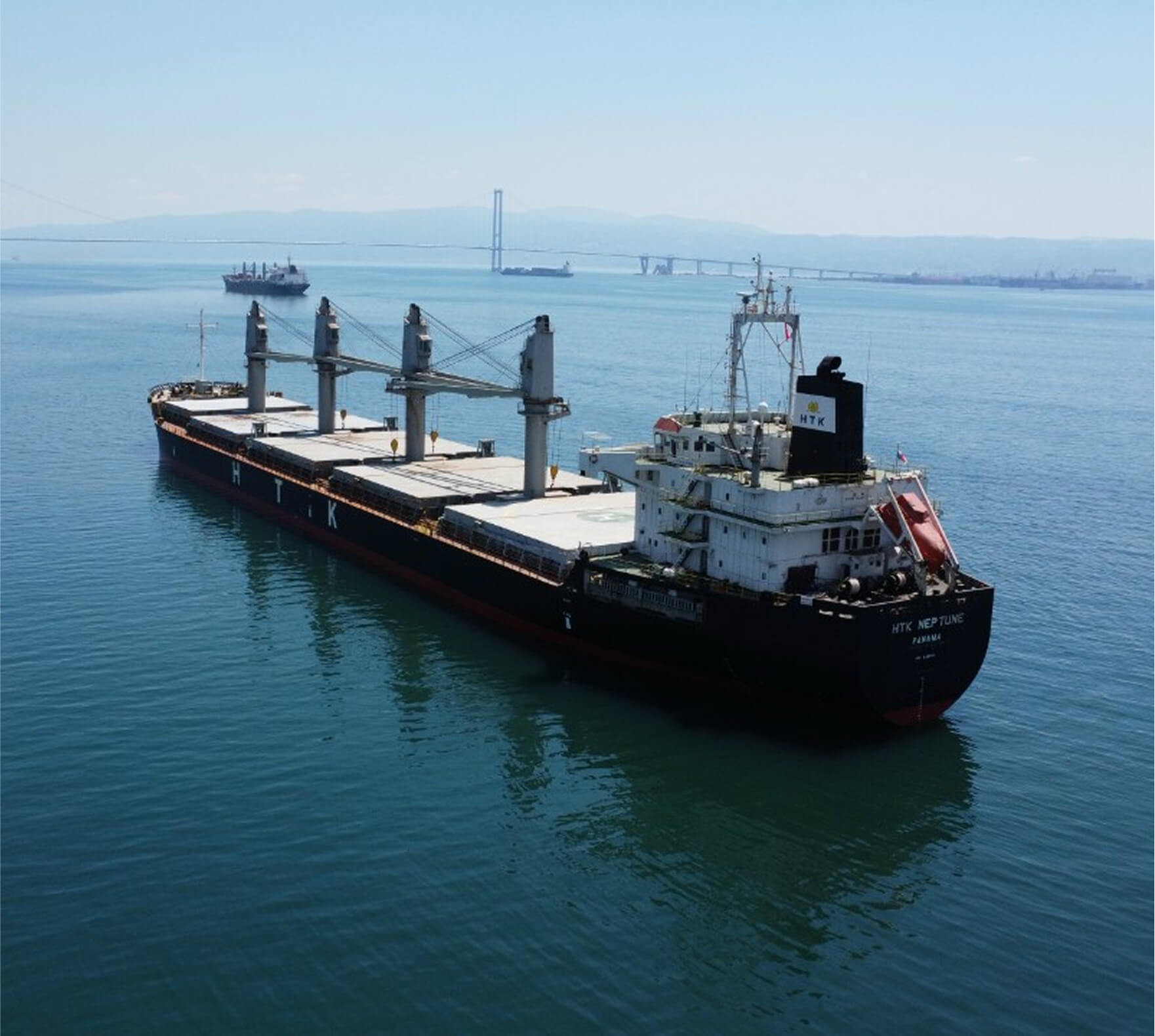How the ‘Make in India’ Initiative and NLP Strengthen India’s Maritime and Logistics Sectors
India’s logistics and maritime sectors are rapidly growing, driven by strong policies and initiatives such as “Make in India” and the National Logistics Policy (NLP). These programs are considered crucial to boosting industrial output and enhancing India’s global trade competitiveness.
“Make in India” – Driving Industrial Growth
Launched in 2014, the Make in India initiative aims to transform India into a global manufacturing hub. With a strong focus on infrastructure development, including ports and shipping, the initiative supports the seamless movement of goods across India and beyond. As a result, this has enhanced domestic production and demand for efficient transport and logistics systems.
National Logistics Policy – Streamlining the Supply Chain
Introduced in 2022, India’s National Logistics Policy (NLP) aims to improve the efficiency and reduce the costs of logistics. It focuses on creating a unified logistics ecosystem through the use of digital platforms, standardization, and capacity building. The policy promotes:
-
Integration between rail, road, air, and sea transport
-
Development of logistics parks, multimodal terminals, and warehousing infrastructure
-
Technological transformation and digital governance
Strategic Impacts
Together, these two initiatives have:
-
Increased the competitiveness of India’s maritime sector
-
Attracted more foreign investment
-
Strengthened India’s position in the global supply chain
They also serve as valuable references for developing countries like Vietnam in formulating long-term strategies for logistics and maritime growth.

National Logistics Policy – Streamlining the Supply Chain
Introduced in 2022, India’s National Logistics Policy (NLP) aims to improve the efficiency and reduce the costs of logistics. It focuses on creating a unified logistics ecosystem through the use of digital platforms, standardization, and capacity building. The policy promotes:
-
Integration between rail, road, air, and sea transport
-
Development of logistics parks, multimodal terminals, and warehousing infrastructure
-
Technological transformation and digital governance
Strategic Impacts
Together, these two initiatives have:
-
Increased the competitiveness of India’s maritime sector
-
Attracted more foreign investment
-
Strengthened India’s position in the global supply chain
They also serve as valuable references for developing countries like Vietnam in formulating long-term strategies for logistics and maritime growth.

Source – Pushpank Kaushik, CEO của Jassper Shipping




